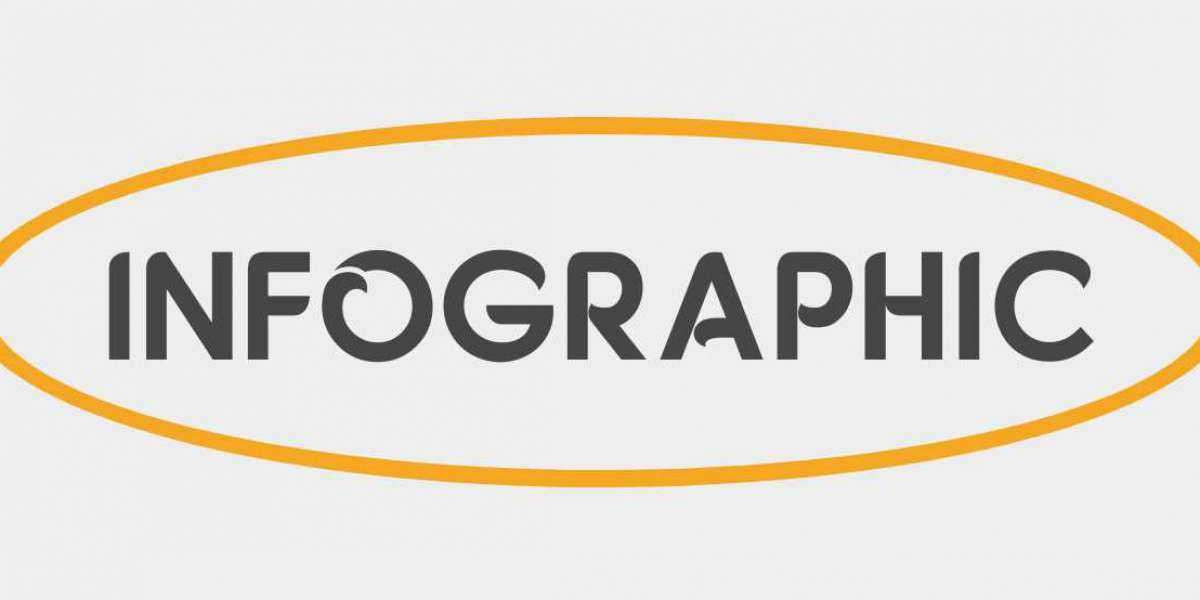Introduction
The Endoscopy Devices Market is witnessing significant growth, driven by the increasing demand for cancer detection and treatment. Endoscopy is a critical tool in the early detection, diagnosis, and management of various cancers, including colorectal, gastrointestinal, lung, and urological cancers. Recent advancements in endoscopic technologies are revolutionizing the way cancers are detected and treated, offering higher precision, reduced invasiveness, and faster recovery times. As the global incidence of cancer continues to rise, the role of endoscopy in cancer care is becoming more prominent, making it a cornerstone of modern oncology.
Early Detection: A Key Factor in Cancer Survival
Early detection of cancer significantly improves patient prognosis by enabling timely interventions that can prevent the progression of the disease. Endoscopic procedures, such as colonoscopy, upper gastrointestinal endoscopy, and bronchoscopy, are integral in identifying abnormal growths, tumors, and other cancerous changes at the earliest stages. These procedures provide real-time visualization of tissues, allowing clinicians to spot potential cancerous lesions that may not be apparent through other diagnostic methods.
For instance, colonoscopy is the gold standard for detecting colorectal cancer, the second most common cancer globally. High-definition (HD) and narrow-band imaging (NBI) technologies in endoscopic devices enhance the ability to detect early signs of cancer and polyps, improving the sensitivity and accuracy of screenings. The ability to identify precancerous lesions early allows for removal during the procedure, reducing the need for invasive surgeries and improving patient outcomes.
Minimally Invasive Cancer Treatment Options
In addition to detection, endoscopy devices are also instrumental in treating cancers through minimally invasive procedures. Unlike traditional open surgeries, which involve large incisions, endoscopic procedures use small incisions or natural body openings, leading to faster recovery times, reduced pain, and fewer complications.
For example, endoscopic resection techniques are increasingly being used in gastrointestinal cancers. These techniques allow for the removal of tumors in the esophagus, stomach, or colon without the need for invasive surgery. Endoscopic mucosal resection (EMR) and endoscopic submucosal dissection (ESD) are minimally invasive options that offer high success rates in removing early-stage cancers, significantly reducing the need for more invasive surgeries.
In bronchoscopy, endoscopic tools are used to treat lung cancer by allowing for the direct removal of tumors or blockage in the airways. Laser ablation, stent placement, and cryotherapy are some of the endoscopic treatment options available for lung cancer, all of which are less invasive than traditional methods.
Technological Advancements in Endoscopic Cancer Detection
Recent innovations in endoscopic technology are significantly improving the detection and treatment of cancer. Advanced imaging technologies such as confocal laser endomicroscopy (CLE), optical coherence tomography (OCT), and high-definition (HD) imaging systems are enhancing the resolution of endoscopic devices, providing more detailed and accurate views of tissue structures. These technologies allow clinicians to observe cells at the microscopic level, improving the detection of cancer at an earlier, more treatable stage.
For instance, optical coherence tomography offers real-time, cross-sectional images of tissue, aiding in the diagnosis of esophageal and gastrointestinal cancers. Similarly, confocal laser endomicroscopy provides high-resolution, in vivo images of the mucosal layers, helping clinicians distinguish between benign and malignant lesions with higher accuracy.
Artificial Intelligence (AI) is also playing a transformative role in cancer detection. AI-powered algorithms are being integrated into endoscopic devices to analyze images in real time, highlighting suspicious areas that may require further investigation or biopsy. AI can also assist in automating image interpretation, reducing human error and providing a second opinion that supports clinicians in making quicker and more accurate diagnoses.
Impact of Endoscopy in Cancer Screening Programs
Endoscopy devices are increasingly being incorporated into cancer screening programs aimed at detecting cancers at an earlier stage. For example, colorectal cancer screenings are widely recommended for individuals over the age of 50, with colonoscopy being the preferred diagnostic tool. The growing prevalence of screening programs, especially in developed countries, has increased the demand for endoscopic devices capable of performing large-scale screenings with high efficiency.
The use of flexible sigmoidoscopy and capsule endoscopy in gastrointestinal cancer screening is also expanding. Capsule endoscopy, in particular, allows for non-invasive imaging of the gastrointestinal tract, making it an attractive option for patients who are not comfortable with traditional endoscopy. This type of screening increases patient compliance and helps detect abnormalities in areas that are difficult to access with conventional endoscopic tools.
Challenges and Future Outlook
While endoscopic devices offer numerous benefits in cancer detection and treatment, several challenges remain. The high cost of advanced endoscopic equipment, along with the need for skilled personnel to operate these devices, may limit access in certain regions. Additionally, the complexity of some endoscopic procedures may require further refinement and training to ensure optimal outcomes.
Looking ahead, the Endoscopy Devices Market is expected to continue growing as technological advancements improve the capabilities of these devices. The integration of AI, robotic-assisted systems, and 3D imaging will further enhance the accuracy and efficiency of cancer detection and treatment. Additionally, the expansion of telemedicine and remote monitoring will improve access to specialized care, particularly in underserved regions.
Conclusion
Endoscopy devices are playing an increasingly critical role in cancer detection and treatment, with advancements in technology driving better outcomes and improving patient quality of life. By enabling early detection, minimally invasive treatments, and improved diagnostic precision, these devices are transforming the landscape of oncology care. As technology continues to evolve, the Endoscopy Devices Market will likely see even greater growth, further solidifying endoscopy’s role in combating cancer worldwide.
Learn more:-https://www.pristinemarketinsights.com/endoscopy-devices-market-report










